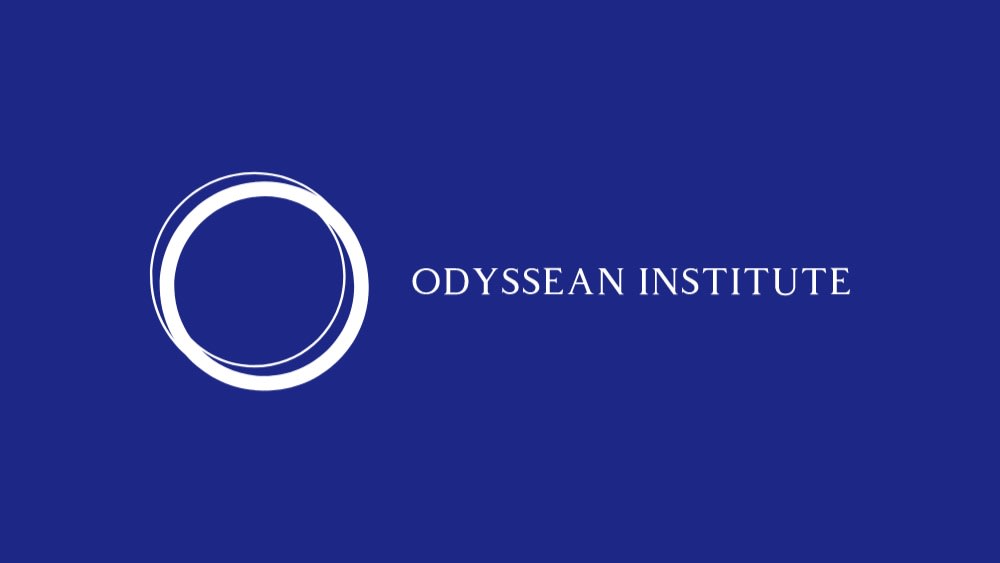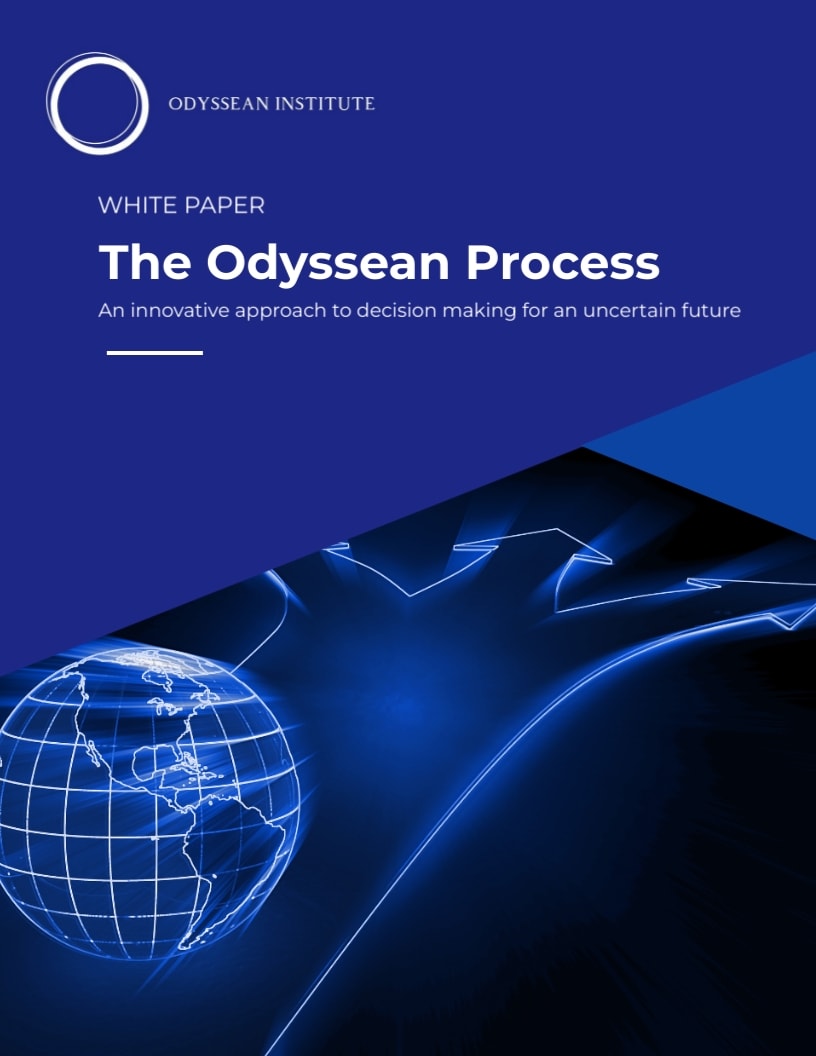TL;DR
Exactly one year after receiving our seed funding upon completion of the Charity Entrepreneurship program, we (Miri and Evan) look back on our first year of operations, discuss our plans for the future, and launch our fundraising for our Year 2 budget.
Family Planning could be one of the most cost-effective public health interventions available. Reducing unintended pregnancies lowers maternal mortality, decreases rates of unsafe abortions, and reduces maternal morbidity. Increasing the interval between births lowers under-five mortality. Allowing women to control their reproductive health leads to improved education and a significant increase in their income. Many excellent organisations have laid out the case for Family Planning, most recently GiveWell.[1]
In many low and middle income countries, many women who want to delay or prevent their next pregnancy can not access contraceptives due to poor supply chains and high costs. Access to Medicines Initiative (AMI) was incubated by Ambitious Impact’s Charity Entrepreneurship Incubation Program in 2024 with the goal of increasing the availability of contraceptives and other essential medicines.[2]
The Problem
Maternal mortality is a serious problem in Nigeria. Globally, almost 28.5% of all maternal deaths occur in Nigeria. This is driven by Nigeria’s staggeringly high maternal mortality rate of 1,047 deaths per 100,000 live births, the third highest in the world. To illustrate the magnitude, for the U.K., this number is 8 deaths per 100,000 live births.
While there are many contributing factors, 29% of pregnancies in Nigeria are unintended. 6 out of 10 women of reproductive age in Nigeria have an unmet need for contraception, and fulfilling these needs would likely prevent almost 11,000 maternal deaths per year.
Additionally, the Guttmacher Institute estimates that every dollar spent on contraceptive services beyond the current level would reduce the cost of pregnancy-related and newborn care by three do





Thank you for a thoughtful response! Indeed, we have considered these risks and although for the sake of brevity haven't delved heavily into the range of experimental designs for an assembly in the White Paper directly, we have in conversations with strategic partners such as Missions Publiques. We agreed that a model similar to theirs on certain assemblies would be wise. This involves the public deliberating in isolation first, so they aren't overly primed by the horizon scan, before then being introduced to the findings of the panel afterwards. This allows for iterations in the Process, without overly influencing initial values and considerations from the public. So for example, the public would be consulted, help to sculpt the optimalities scan in DMDU, and then incorporate the EEJ panel's findings to refine and deepen engagement. Ultimately the assembly decides, so we are aware of the need to balance these steps to ensure they support rather than subvert this aspect.
DMDU has a considerable emphasis on translating findings effectively, and avoiding getting bamboozled by models (such as the emphasis Erica Thompson puts on caution around this in 'Escape from Model Land'). It is a positive sign that DMDU practitioners are well aware of the 'fallacy of misplaced concreteness' and the risks this poses, and a large part of their methodology is devised to keep this explicit. The education phase of an assembly would also involve familiarising participants carefully with the value and limits of the models used, with ranges of uncertainties. It also bears noting that while not all questions will require modelling, done carefully and translated with caution, certain civilisational risks will need this level of rigour.